Top year 1974
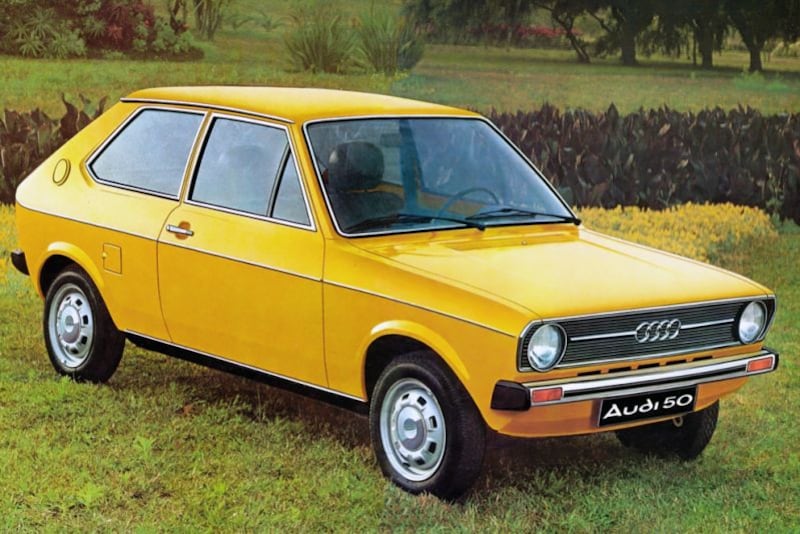
The Audi 50 was not the most beautiful, the most iconic or the most successful Audi ever. In fact, in a sense it is a bit of a forgotten model. Why do we look back on it in detail? Well, not only because it is – how appropriate – blowing out fifty candles this year, but also because it was quite an influential car. And that is why it fits so well in the series ‘Top year 1974’.
What was the start-up process like?
The Audi 50 looked exactly like the first Volkswagen Polo, after all, it was its twin brother. The design mainly resembled that of a Volkswagen and you would think that the 50 followed the Polo, but nothing could be further from the truth. The Audi 50 appeared in 1974, followed a year later by the Polo. The 50 and the Polo arose from plans by Audi before the brand was part of Volkswagen. Already in the 1960s, then still under the name Auto Union, people wanted a compact hatchback. Only under Volkswagen’s leadership would these plans be put into practice and after less than two years of development they came up with the Audi 50. Although the 50 was somewhat similar to the Volkswagen Golf, which was released in the same year, it was indeed a design developed separately from it. Marcello Gandini from design house Bertone was involved in the design of the 50, where the Golf (like other Volkswagens of that time) was designed by Giorgetto Giugiaro. However, a lot was put down on paper by Audi’s own Claus Luthe. This was done – undoubtedly on the advice of Volkswagen management – with an eye towards the Golf, because suddenly there was a small Audi that could very well be passed off as a slightly smaller brother of the Golf. By the way, it was not the first time that a car developed in Neckarsulm received a Volkswagen logo. This already happened in 1970 with the NSU K70 and with the Audi 80, which became a Volkswagen Passat.
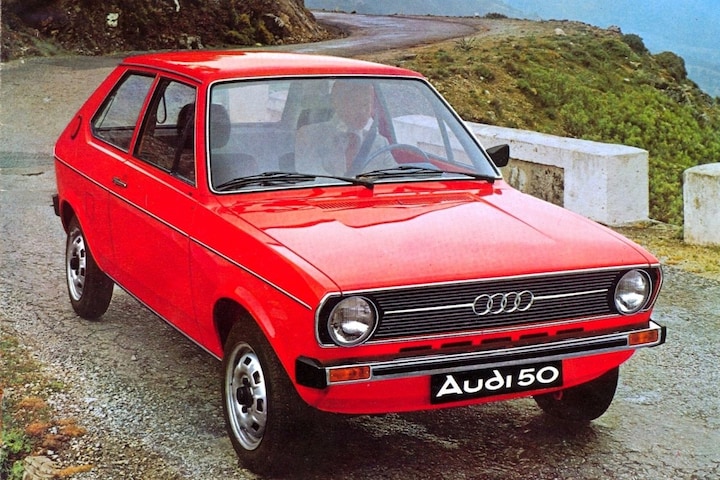
Audi 50 came in 1974.
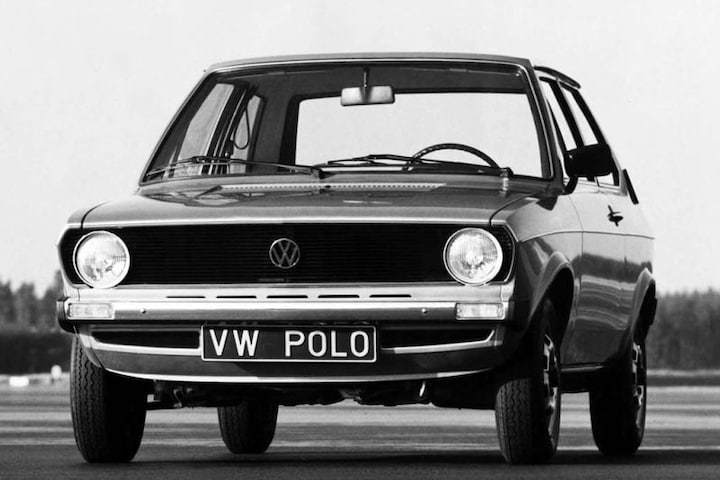
Volkswagen Polo appeared in 1975.
How was he received by the press and public?
At that time there was a great need for simple and, above all, economical cars. The compact hatchback was also booming. The Audi 50 ticked quite a few boxes in that regard. At the same time, it had a bit of a chic layer to it, after all, it was an Audi, which meant that it was not really a car for the masses like the Polo would become. The 50 was certainly promising, also for the accountants of parent company Volkswagen. What remains to be found about the reception by the press is also positive. Some journalists even said that the Audi 50 (whether or not as a Volkswagen Polo) had the potential to continue the success of the Volkswagen Beetle. That was desperately needed; In the early 1970s, Volkswagen found itself in a difficult position with air-cooled remnants of the past, while other brands were more progressive. The Audi 50 was not really a huge sales hit; in the first year about 22,000 came off the assembly line and the most successful year immediately followed in 1975 with more than 80,000 units. Numbers that would pale in comparison to those of the Volkswagen Polo, which was significantly more competitively priced. In some cases the Audi 50 was even more expensive than the larger Volkswagen Golf.
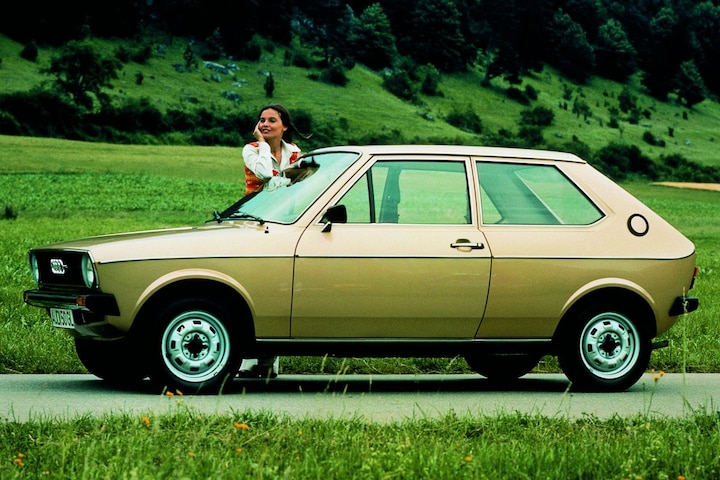
How revolutionary was he really?
The 50 was of great importance for Audi and Volkswagen. As a front-wheel drive compact hatchback with a water-cooled engine, it was a fairly modern step for both brands. Volkswagen just took some steps in the water-cooled field and for Audi it was the first compact model. If we look at the competitors, it is not too bad when it comes to revolutionary matters. The Renault 5, for example, had been on the market since 1972 and the Peugeot 104, also from France, also came as a three-door in 1974. The three-door Fiat 127 was already available in 1972, just like the R5. All three cars basically followed the same principle and were just ahead of the Audi 50 and therefore also the Volkswagen Polo. Above all, the Audi 50 has earned its place in automotive history as the start of one of the most successful models ever: the Volkswagen Polo.
What were the choices during the market introduction?
The order list for the Audi 50 was relatively clear. There were initially two options: the Audi 50 LS and the GL. They both had a 1.1 four-cylinder, but it delivered 50 hp in the basic version LS and 60 hp in the GL. That made a difference of 10 km/h on the top speed, which in the GL was 152 km/h. From 0 to 100 km/h went in just over 15 seconds with the LS, the GL had done it roughly two seconds faster. Later, a 1.3 would also come onto the market, which also produced 60 hp, but improved the top speed and sprint just a little bit. The equipment of the Audi 50 was always on a higher level than that of the Volkswagen Polo. You noticed the difference, among other things, in the materials used in the interior. The LS was initially the simplest Audi 50, which compared to the Polo, for example, had a more extensive instrumentation, including a clock and a temperature gauge. In addition to a more powerful engine, the GL also came with nicer door trim. Chrome accents were also more prevalent on the Audi, to emphasize the difference with its cheaper twin brother.
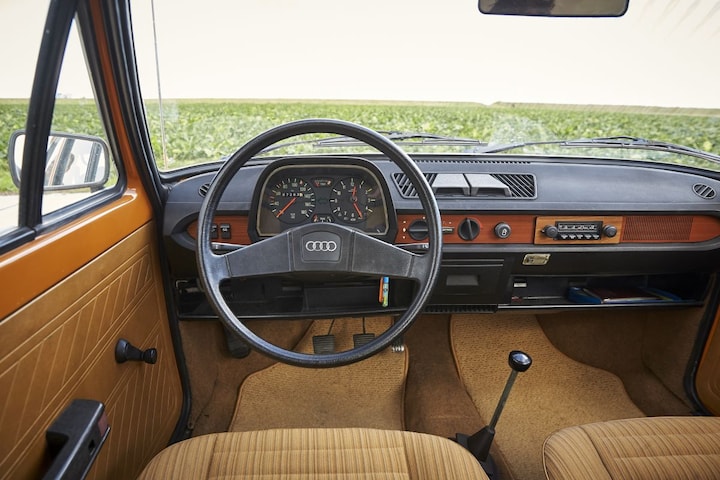
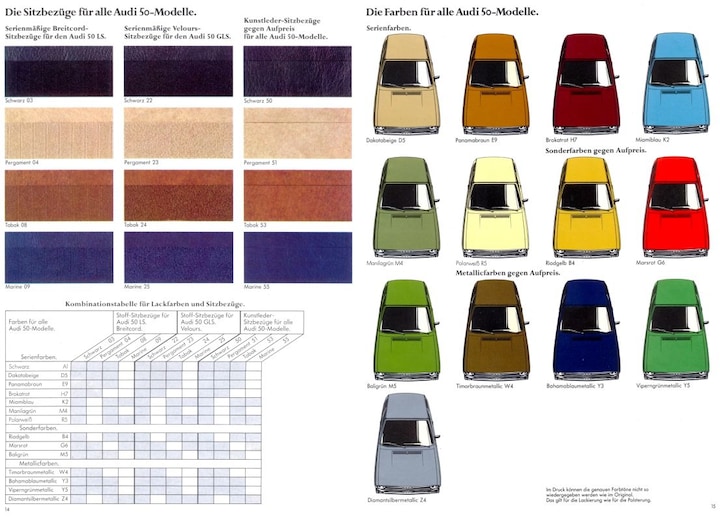
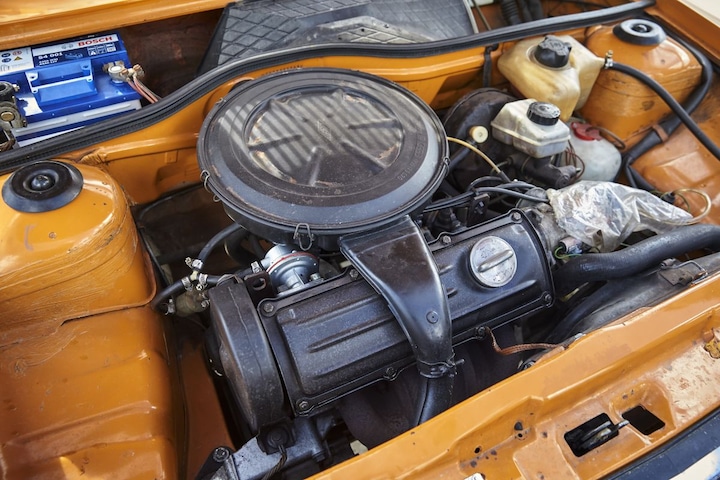
What were its competitors?
The biggest competitor of the Audi 50 was actually the car with which it is inextricably linked and which has already appeared numerous times: the first Volkswagen Polo. After all, the 50 was marketed a bit higher and was also more expensive, but at the end of the day, more people would appear to be looking for a cheaper and simpler alternative. Not surprisingly, the Audi 50 remained in the shadow of the Polo. In its best year, more than 80,000 units were built, while the Polo far exceeded 100,000 for years. The Polo was largely helped by the entry-level model, which received a 40-hp 0.9 in its nose. That engine literally passed the nose of the Audi 50. There would also eventually be a sedan (the Volkswagen Derby, later Polo Classic), but the 50 did not survive that either. The priority of upper management was not only clearly no longer on the Polo, the 50 simply turned out not to be much of a gap in the market. Not only compared to the Polo, but certainly also to stunners such as the Renault 5 and later the Ford Fiesta, the Audi 50 would remain a relative rarity.
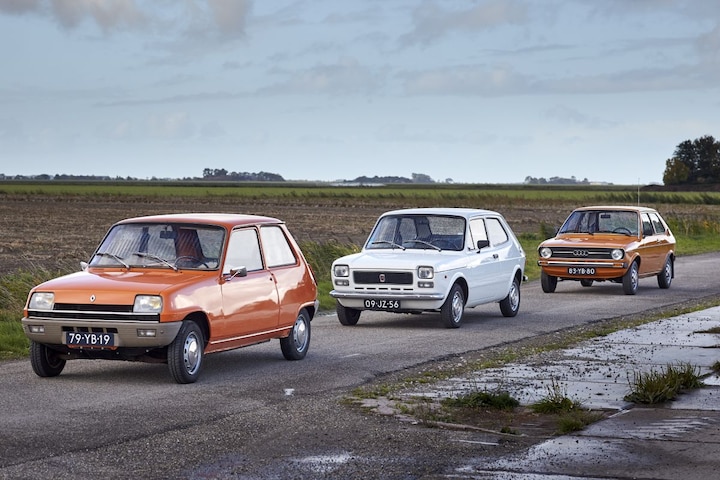
Any details during his life?
Production of the Audi 50 took place in Wolfsburg, in the heart of Volkswagen. There he shared the production line with, how could it be otherwise, the Volkswagen Polo. Expansion for the 50 range seemed to be on the horizon when Audi developed the sedan. From the rear it even looked like its big brother 80. Once again, Volkswagen came out on top, marketing it as the Derby in 1977. For the second time in a short time, work had been done by Audi from which Volkswagen could reap the benefits. Anyway, without Volkswagen, Audi might never have been revived…
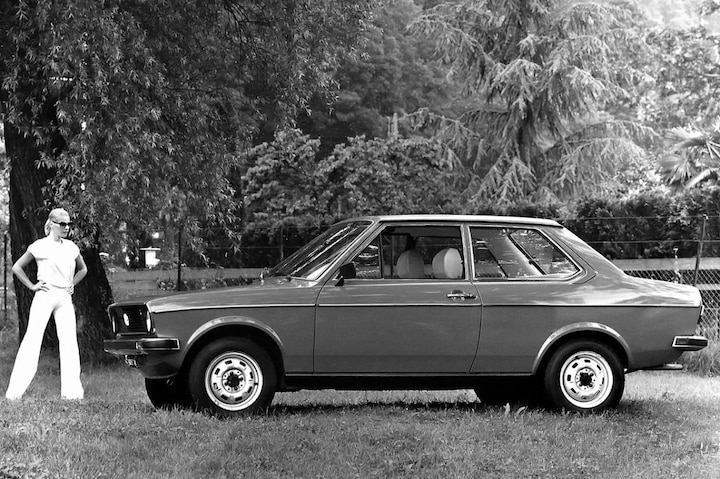
Volkswagen Derby
Which version appeals most to the imagination?
When the Audi 50 was still new on the market, the choice was not great. Not at all nowadays. The nicest is perhaps the LS, the entry-level version, because it was a very modest car by Audi standards. This is, especially now, at odds with the image. At the same time, a late GLS is the cream of the crop and that may suit the brand better. Count on (well) more than €10,000 for a nice copy. Polo’s I are, just like then, considerably cheaper.
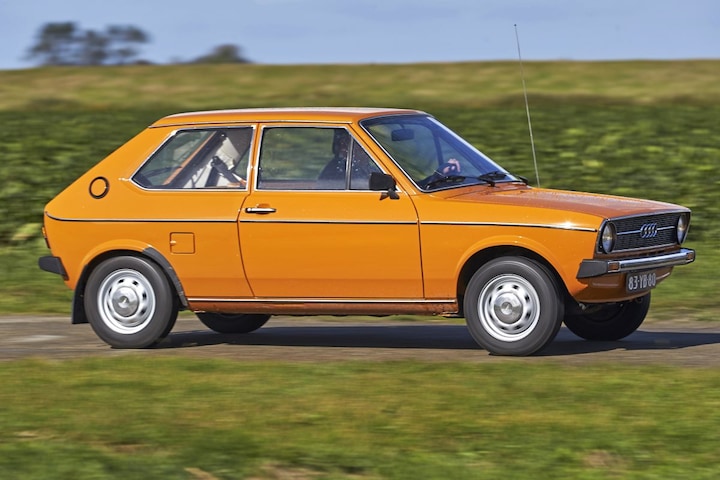
What has been the impact of the Audi 50?
Although Audi saw potential in a compact hatchback, it would only be a short story for that brand with the 50. It was mainly a success for Audi’s brand new parent company and Audi would not be in this corner of the car world for decades. Only with the A3 and a little later the A2 did Audi venture into the slightly lower regions again and a spiritual successor would have to wait until 2010. Then Audi came up with the A1, which, like the 50, shared its base and segment with the Volkswagen Polo. Although the 50 was not a success for Audi, its influence cannot be underestimated. After all, he laid the foundation for a car that left the showrooms en masse and has lasted for several generations: the Polo. A basis that ensured that Volkswagen (also thanks to the Golf) managed to enter a modern era in turbulent times. A somewhat overlooked pioneer for the Volkswagen Group, then.
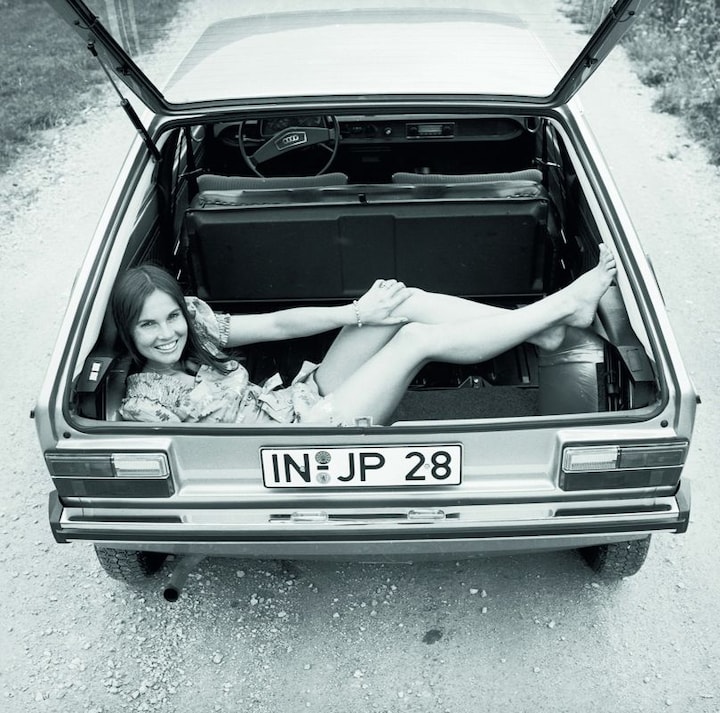
How many are left?
When new, the Audi 50 was not a car that you saw on the corner of every street here in the Netherlands, but certainly not nowadays. In fact, it is downright rare. Really rare. There are only five registered in the Netherlands, according to figures from Vinacles. Three from 1975; two GLs and one LS. Furthermore, an LS from 1976 and a GL from 1977. We just advised you to go for a GLS… Maybe you can still find it in Germany.
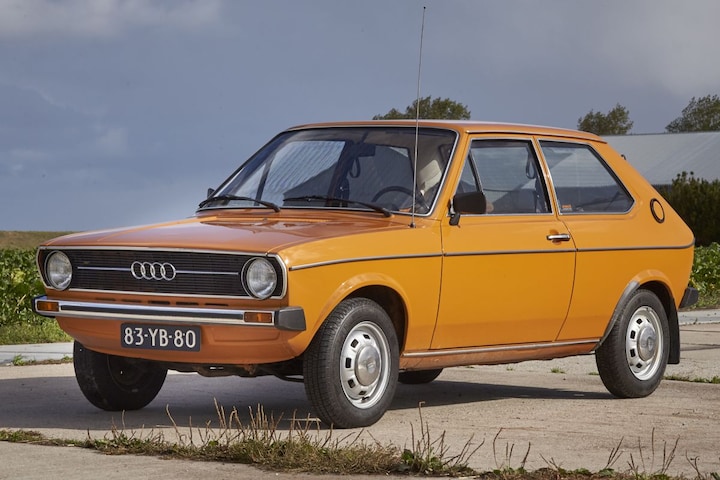
– Thanks for information from Autoweek.nl